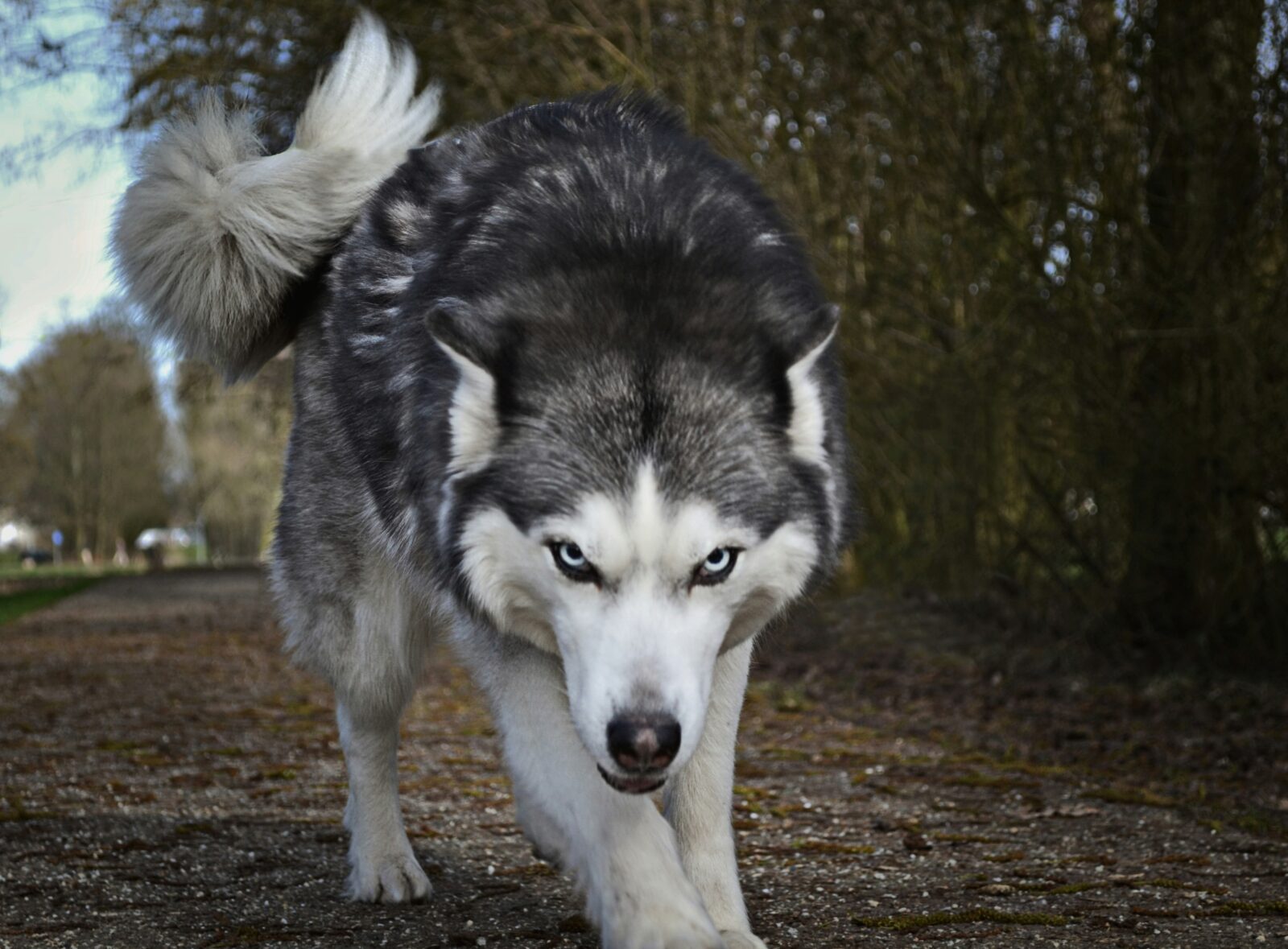Have you ever caught your dog staring at you intently, leaving you wondering what’s going on in their furry little head? Dog owners often find themselves puzzled by this behavior, interpreting it in various ways, from a sign of affection to a potential problem. To shed light on this common canine behavior, we consulted Dr. Emily Carter, a renowned veterinary behaviorist, who explains why dogs stare and what it could mean for your relationship with your pet.
Common Reasons Why Dogs Stare at Their Owners
Staring is a multifaceted behavior in dogs, and understanding the context can help you better interpret what your dog is trying to communicate. Here are some common reasons why dogs might fix their gaze on you:
1. Affection and Bonding
One of the most straightforward reasons your dog stares at you is simply because they love you. Dogs are known for their loyalty and affection, and staring can be a way for them to show their bond with you.
- Eye Contact and Love: Just like people, dogs use eye contact to express love and trust. When your dog gazes at you with a soft expression, it’s often a sign of affection and attachment.
- Oxytocin Release: Studies have shown that when dogs and their owners make eye contact, both release oxytocin, the “love hormone.” This mutual gaze strengthens your bond and reinforces positive feelings.
2. Seeking Attention
Dogs are highly social animals and often use staring as a way to communicate their needs or desires. If your dog is staring at you, they might be trying to get your attention.
- Request for Interaction: Your dog might be looking for playtime, a walk, or simply some affection. If your dog is staring intently and wagging their tail, they could be signaling that they want to engage with you.
- Behavioral Cues: Pay attention to other cues such as barking, pawing, or nudging. These can accompany staring when your dog is trying to get your attention for something specific.
3. Anticipation of Food or Treats
If your dog associates you with mealtimes or treats, staring can be a way of anticipating something tasty.
- Meal Time: Dogs often learn to associate their owners with feeding times. If your dog is staring at you around mealtime, they might be reminding you that it’s time for their next meal.
- Treats and Rewards: Similarly, if you’re known for giving treats, your dog might stare at you when they expect a reward, especially if they’ve learned to recognize specific behaviors or phrases associated with treats.
4. Confusion or Uncertainty
Sometimes, staring can indicate that your dog is confused or uncertain about something happening around them. They might be looking to you for guidance or reassurance.
- Unfamiliar Situations: If there’s a change in their environment or routine, your dog might stare at you for clues about how to react. They rely on their owners to help them navigate new or unsettling situations.
- Seeking Comfort: Your dog may also look to you for comfort if they’re feeling anxious or unsure. Your presence and calm demeanor can provide reassurance.
5. Health-Related Concerns
In some cases, staring can be a sign of a health issue or discomfort. It’s important to consider other symptoms and consult your veterinarian if you have concerns.
- Vision Problems: If your dog is staring but not responding to visual cues or seems disoriented, it could be a sign of vision problems. Consult your vet for a comprehensive eye examination.
- Neurological Issues: Persistent staring or changes in eye behavior might indicate neurological issues or other medical concerns. It’s always a good idea to seek veterinary advice if you notice unusual or concerning behaviors.
Interpreting Your Dog’s Staring: Key Considerations
To better understand why your dog is staring at you, consider the following factors:
1. Context of the Behavior
- Time and Place: Note when and where the staring occurs. Is it during feeding time, after a walk, or in response to a specific situation?
- Accompanying Actions: Observe if the staring is accompanied by other behaviors, such as tail wagging, whining, or jumping. This can give you clues about your dog’s intentions.
2. Your Dog’s Body Language
- Relaxed or Tense: A relaxed, soft expression often indicates affection, while a tense or fixed gaze could signal discomfort or anxiety.
- Other Signs: Look for other signs of stress or contentment, such as panting, pacing, or playfulness, to help interpret the staring.
What to Do When Your Dog Stares
Understanding the reasons behind your dog’s staring can help you respond appropriately:
1. Provide Attention and Interaction
If your dog is staring to get your attention, make sure to engage with them. Spend time playing, petting, or taking them for a walk to fulfill their need for interaction.
2. Maintain Routine and Consistency
Keeping a consistent routine can help your dog feel secure and reduce uncertainty. Regular feeding times, exercise, and a stable environment contribute to their overall well-being.
3. Monitor for Health Issues
If you suspect that staring might be related to health problems, observe your dog for other symptoms and consult your veterinarian. Early intervention can help address potential issues before they become more serious.
Conclusion
Dog staring is a natural behavior that can signify various things, from affection and attention-seeking to uncertainty and health concerns. By paying attention to the context, accompanying behaviors, and your dog’s overall well-being, you can better understand what your furry friend is trying to communicate.
Consulting with a veterinary behaviorist like Dr. Emily Carter can provide additional insights and guidance tailored to your dog’s specific needs. Ultimately, being attentive to your dog’s behavior and maintaining a strong bond through love and communication will help ensure a happy and healthy relationship with your loyal companion.











Leave a Reply